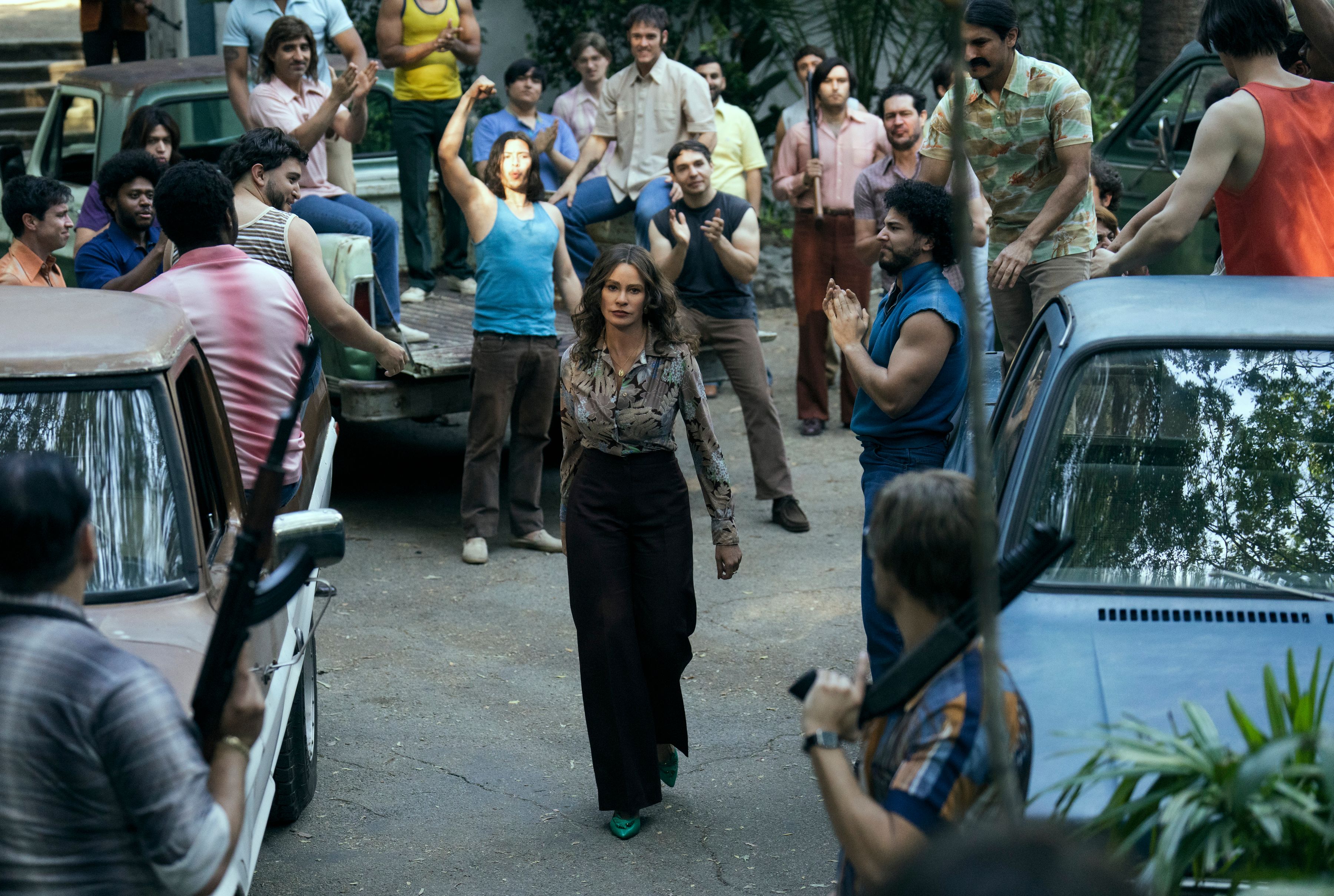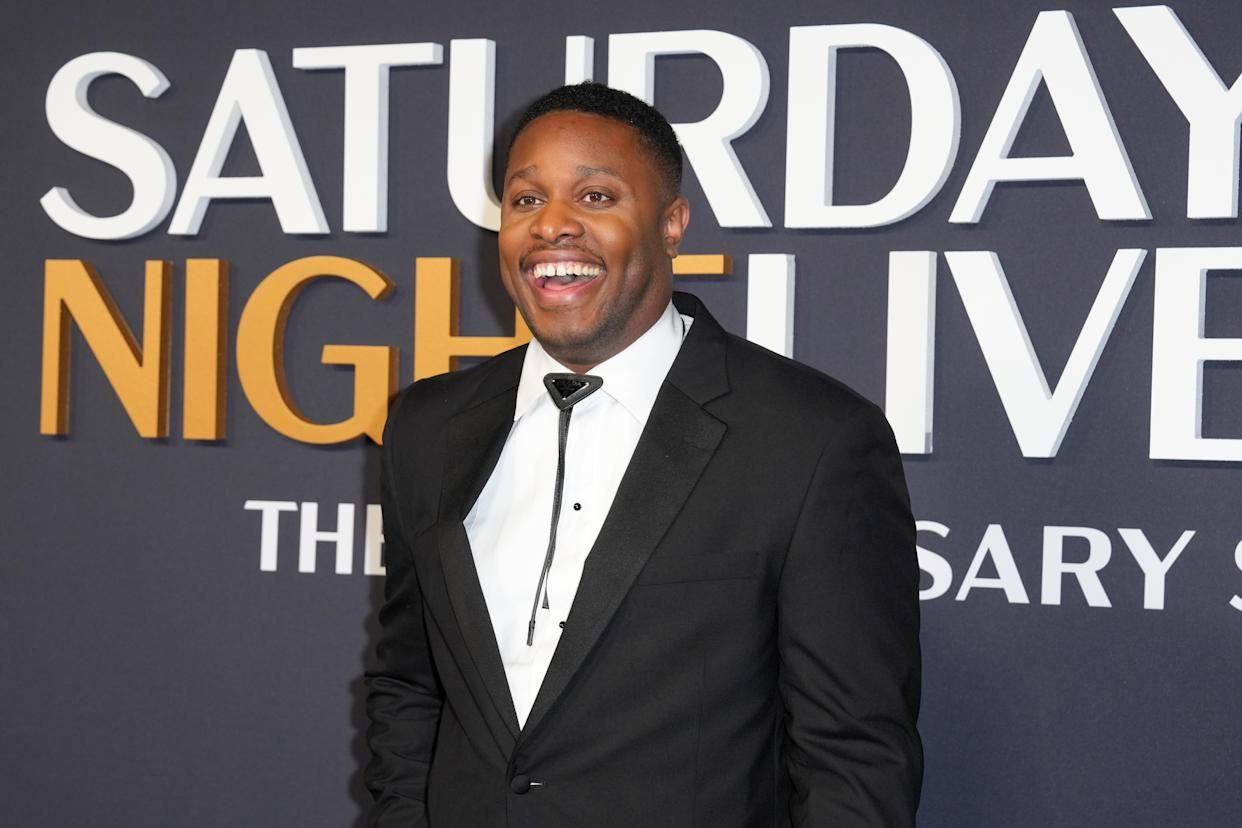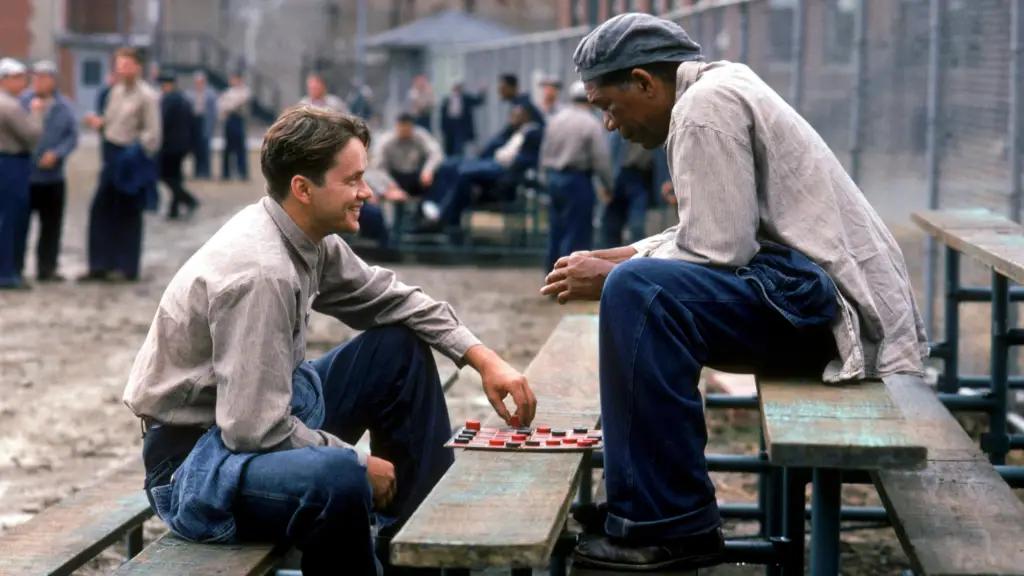
Hollywood is a realm where the impossible is made tangible, where stories leap from script to screen with breathtaking realism. While visual effects technology continues to push boundaries, there remains a profound, almost sacred art form at the heart of cinematic illusion: prosthetic makeup. It’s a craft that transforms the familiar into the fantastic, allowing actors to shed their own identity and fully embody characters that are physically distant from themselves, whether grotesque, aged, alien, or simply a drastically altered human form.
The dedication involved in these transformations goes far beyond simply sitting in a chair. It demands incredible patience, resilience, and often a surprising physical toll from the actors who wear these elaborate applications for hours on end, day after day. These are not mere cosmetic changes; they are meticulous sculptures, intricately painted skins, and carefully fitted pieces that blur the line between performer and character, challenging both the audience’s perception and the actor’s comfort.
In this deep dive, we’re pulling back the curtain on some of the most dramatic and challenging prosthetic makeup transformations in recent memory. We’ll explore the ingenious artistry behind these astonishing makeovers, delve into the experiences of the actors who lived inside them, and reflect on the profound impact these physical changes had on their performances and the films themselves. Prepare to be amazed by the sheer commitment and technical brilliance required to bring these unforgettable characters to life.

1. **Margaret Qualley in *The Substance***For Coralie Fargeat’s *The Substance*, Margaret Qualley undertook a physical transformation described by the director’s vision of Sue as “’80s inspired, with butt and boobs, think Jessica Rabbit.” This wasn’t a case of digital enhancement, but rather the meticulous work of a prosthetic team dedicated to crafting a specific, exaggerated physique. The actor herself recounted the practical necessity, stating, “Unfortunately, there is no magic boob potion, so we had to glue those on.” It highlights the tangible, hands-on nature of practical effects, bringing a certain reality to an otherwise fantastical demand.
Qualley’s playful description of the process offers a glimpse into the intimate and often amusing aspects of prosthetic application. She humorously acknowledged that Coralie Fargeat “found an incredible prosthetic team to endow me with the rack of a lifetime, just not my lifetime.” This speaks volumes about the collaborative effort between director, actor, and the specialized makeup crew. It wasn’t just about adding physical elements, but about creating an entirely new silhouette, an exaggerated feminine ideal for the character of Sue, a visual cornerstone of the film’s aesthetic.
The demand for such a specific physical alteration underscores how essential prosthetics can be in fulfilling a director’s artistic vision. While modern cinema often leans on CGI for drastic body modifications, *The Substance* opted for a traditional, tangible approach. This choice not only grounded the character’s appearance in a physical reality for Qualley but also likely contributed to the film’s distinct visual texture, making Sue’s transformation a testament to practical effects artistry.

2. **Cynthia Erivo as Elphaba in *Wicked***Stepping into the iconic green skin of Elphaba in *Wicked* presented a significant challenge for Cynthia Erivo, one that involved extensive prosthetic makeup. Before the full application, Erivo underwent “green tests” to determine the perfect shade. She shared with Vanity Fair that a green with “highlighter yellow undertones” was chosen because “on brown, it reads like skin,” an insightful detail revealing the nuanced considerations for diverse skin tones in makeup artistry.
Beyond the specific color, the transformation for Elphaba required a meticulous, multi-stage process. Erivo even shaved her head to allow the team to paint her scalp green before applying one of Elphaba’s four distinct wigs. This level of commitment from the actor is remarkable, indicating a willingness to fully immerse herself in the character’s physical manifestation. The overall look, completed with colored contacts and lipstick, was a labor-intensive endeavor.
The time commitment for this transformation was substantial: “two hours and 45 minutes to three hours if it was just head, neck, hands,” but extending to “four hours” for full body applications. Despite the lengthy sessions, Erivo’s enthusiasm remained undimmed, stating, “I would love to do that again.” Her positive outlook highlights the deep satisfaction actors can find in contributing to such an elaborate and transformative character creation, demonstrating a profound appreciation for the craft and the collaborative process.

3. **Stellan Skarsgård as Baron Vladimir Harkonnen in *Dune* and *Dune: Part Two***Stellan Skarsgård’s portrayal of the formidable Baron Vladimir Harkonnen in *Dune* and *Dune: Part Two* demanded an astonishing eight-hour daily transformation. The intricate process enveloped him in prosthetic cheeks, jowls, an eyebrow cover, a bald cap, and even prosthetic hands, feet, and ankles. This comprehensive application created a truly monstrous figure, demonstrating the unparalleled capability of practical effects to entirely reshape an actor’s appearance, moving beyond superficial changes to a complete bodily alteration.
Adding to the Baron’s imposing physicality, Skarsgård wore a 20-pound foam body suit, ingeniously equipped with a built-in hydration vest to mitigate overheating. This detail underscores the extreme physical demands placed on actors undergoing such extensive transformations, where comfort and safety must be carefully managed alongside the artistic vision. Skarsgård’s personal take on the experience, despite the discomfort, was clear: “It was painful, but it was worth it.”
Makeup artist Donald Mowat provided further insight into the Baron’s appearance, particularly for scenes, which required even more extensive application, taking six and a half to seven hours, compared to four hours when clothed. Mowat revealed, “Stellan just loved being as the Baron. We all used to kill ourselves laughing when Stellan would ask for more nude scenes.” This intriguing anecdote illustrates Skarsgård’s deep understanding of the character’s menace and vulnerability, believing, “He felt, quite correctly, that the Baron appeared more frightening and dangerous unclothed than cloaked in robes or armor,” a testament to his artistic dedication and immersion in the role.

4. **Bill Skarsgård as Pennywise in *It* and *It Chapter Two***The chilling presence of Pennywise in *It* and *It Chapter Two* owes much to Bill Skarsgård’s commitment to the role and the masterful application of practical effects. Unlike many actors who might dread the time in the makeup chair, Bill Skarsgård “enjoyed wearing them,” finding a peculiar comfort in the disguise. He told the New York Times, “I’m a pretty private person, so I don’t mind not being recognized. It’s nice to hide behind the makeup,” a candid reflection on how prosthetics can offer a unique sense of liberation and anonymity to a performer.
The meticulous design process for Pennywise’s makeup began with practical effects artists Alec Gilles and Tom Woodruff Jr., who first sculpted clay onto a cast of Bill’s head. This foundational step allowed for precise anatomical fitting and artistic exploration before creating the final pieces. From these molds, rubber prosthetics were then crafted to perfectly conform to his face, ensuring both a terrifying aesthetic and a secure fit for performance.
Skarsgård’s transformation also included fake teeth and contacts, which were crucial in completing the unsettling visage of the ancient, malevolent entity. This combination of facial prosthetics, dental work, and eye alteration created a truly alien and iconic horror figure. The seamless integration of these elements allowed Skarsgård to fully embody Pennywise, with the physical disguise serving as a powerful conduit for his performance rather than a hindrance.

5. **Jim Carrey as The Grinch in *How the Grinch Stole Christmas***Jim Carrey’s unforgettable portrayal of The Grinch in *How the Grinch Stole Christmas* came at a significant personal cost, revealing the hidden struggles behind extensive prosthetic makeup. He candidly recounted his ordeal on *The Graham Norton Show*, stating, “When I did [How the Grinch Stole Christmas]…literally the makeup was like being buried alive every day.” This evocative description perfectly captures the claustrophobic and overwhelming sensation of being encased in multiple layers of prosthetics.
The sheer duration of the initial application was enough to break even a seasoned actor’s spirit. Carrey revealed that “the first day was 8.5 hours,” a grueling session that culminated in a moment of exasperation: “I went back to my trailer and put my leg through the wall.” This raw emotional outburst underscores the profound psychological and physical toll such transformations can exact, pushing actors to their absolute limits and highlighting the less glamorous side of movie magic.
His distress was so severe that Carrey initially “told [director] Ron Howard I couldn’t do the movie.” It was producer Brian Grazer, acting as a “fix-it man,” who devised an extraordinary solution. He “came up with a brilliant idea, which was to hire a gentleman who is trained to teach CIA operatives how to endure torture. And so, that’s how I got through The Grinch.” This astonishing anecdote not only makes for a compelling story but also serves as a stark reminder of the extreme measures sometimes necessary to complete a demanding role, illustrating the unparalleled dedication required in the world of prosthetic filmmaking.

6. **Sofía Vergara as Griselda Blanco in *Griselda***Sofía Vergara’s transformation into Griselda Blanco for the series *Griselda* was a carefully orchestrated process designed to make her “disappear” into the character. She described the key elements of her prosthetic makeup to CBS Sunday Mornings, detailing “The [prosthetic] nose. The teeth were horrific. I had plastic from [my eyelids] to [above my hairline] because we needed to cover. My eyebrows are very thick, and I wanted me to disappear.” This extensive application aimed to obscure her distinctive features, allowing the ruthless drug lord to emerge.
Makeup artist Todd McIntosh revealed to Variety that the entire transformation took approximately three hours daily. This was broken down into “90 minutes for makeup and prosthetics, and 90 minutes for body makeup, wig application, and wardrobe.” The division of labor and time allocation highlights the complexity involved in creating a cohesive, full-body character illusion, where every element, from facial features to costume, is meticulously considered and applied.
Vergara’s commitment to embodying Griselda went beyond simply sitting in the makeup chair. McIntosh praised her dedication, stating, “She was extremely dedicated. Everything about this character that Sofía created, from her walk to what kind of bra she wore, she was involved in. She would study every night.” This demonstrates that while prosthetics provide the physical shell, the actor’s intense preparation and understanding of the character are equally crucial in bringing a truly transformative performance to the screen.




